
“I never imagined that in one day, my whole caseload would have such severe trauma due to a natural disaster,” a school clinical social worker said.

“I never imagined that in one day, my whole caseload would have such severe trauma due to a natural disaster,” a school clinical social worker said.

Abandoning your home while fleeing a wildfire can be a traumatic experience. It’s even scarier if you don’t understand the language of the evacuation alerts chiming into your phone.
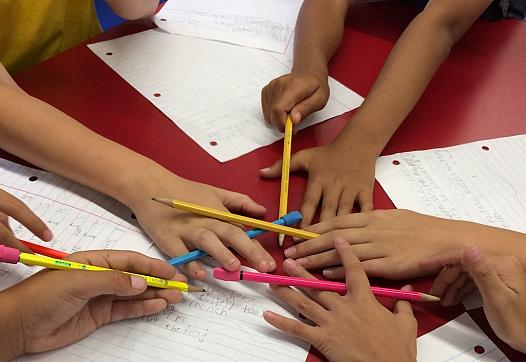
“I have kids telling me still, oh Ms. Henry I lost my stuffed animals that were in the garage and I know that they burned in there and it makes me very sad,” she said. “You know, those little things were people to them.”
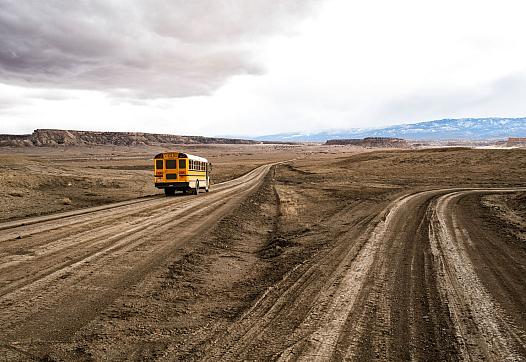
Roads are a key to everything, a reporter quickly finds out while traveling through the Navajo Nation.
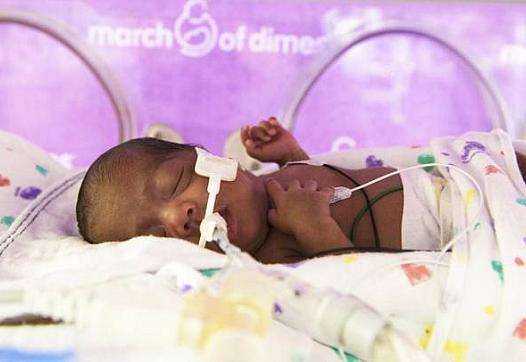
Black babies in Wake County are six times more likely to die before they reach their first birthday than white babies.
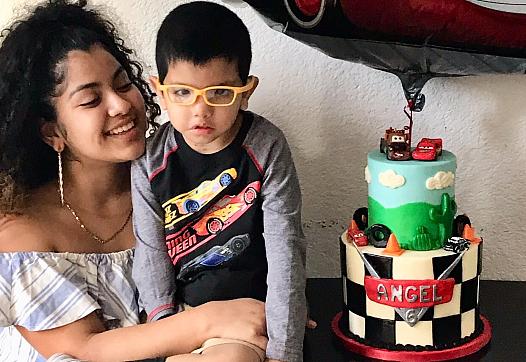
Kemberly Mahiri shows me one of the hundreds of thank you cards she and other counselors for Sonoma County's Teen Parent Program have received. “It just chokes me up every single time,” Mahiri tells me.
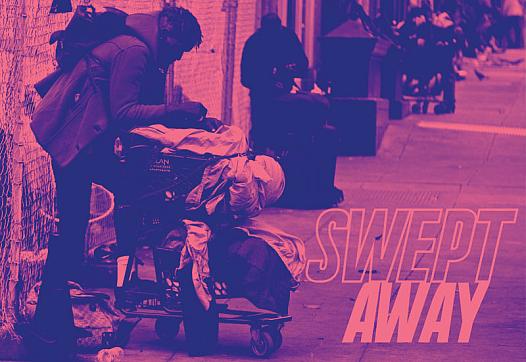
Nearly 10,000 people in San Francisco are homeless, with a nightly shelter bed waitlist that hasn’t dropped below 1,000 in more than a year.

The recent news that Armstrong’s death in 2012 may have been due to complications from a medical procedure was big news for history buffs, space fans, and investigative reporters. Here's why.

An apparent link between risky behavior and bias-related bullying tends to be stronger in California’s more segregated counties.
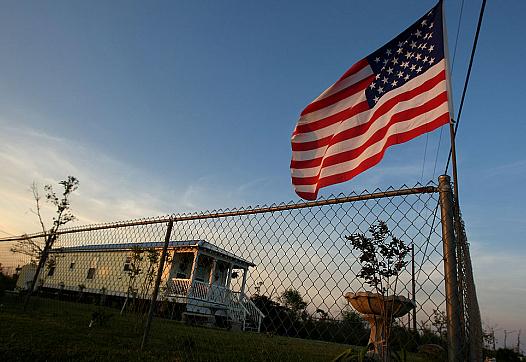
After Hurricane Katrina, Mississippi's coastal economy never fully recovered — and neither have its people.